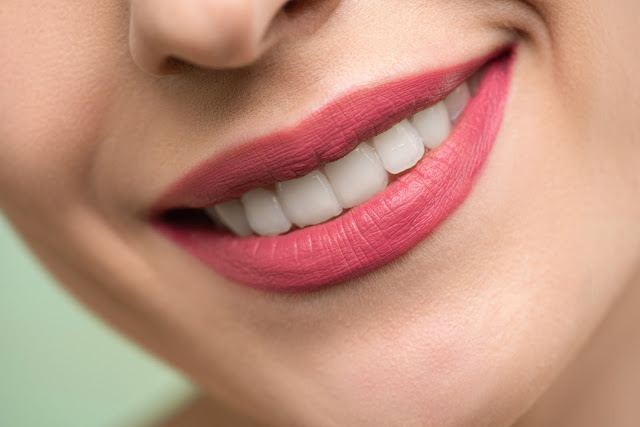How To Prevent Tooth Decay
How To Prevent Tooth Decay
What is Tooth Decay?
Tooth decay, also known as dental caries, is a common condition in which the enamel and dentin of a tooth break down, causing holes or cavities. This can be caused by bacteria in the mouth producing acids that dissolve the tooth’s surface. It can lead to pain, infection, and eventually tooth loss if not treated.
Risks Associated with Tooth Decay
- Pain And Sensitivity – Tooth decay can cause pain and sensitivity when it reaches the inner layers of the tooth, called the pulp.
- Infection And Abscess – Decay that reaches the pulp can lead to infection and abscess formation.
- Tooth Loss – Severe tooth decay can result in the loss of the affected tooth.
- Difficulty Eating And Speaking – Tooth decay can make it difficult to eat and speak properly.
- Spread Of Bacteria To Other Parts Of The Body – Bacteria from infected teeth can spread to other parts of the body, potentially leading to health problems.
- Increased Risk Of Gum Disease – Tooth decay can also increase the risk of gum disease.
- Higher Dental Costs For Treatment – Treating tooth decay can be expensive, particularly if the decay is extensive or the affected tooth needs to be extracted.
- Loss Of Self-Esteem And Confidence Due To Cosmetic Concerns – Tooth decay can also impact a person’s self-esteem and confidence, especially if it affects the appearance of their smile.
Symptoms of Tooth Decay
Visible Holes Or Pits In Teeth – Decay can cause holes or pits to appear on the surface of the affected teeth.
It’s important to see a dentist if you experience any of these symptoms, as tooth decay can be treated if caught early. If left untreated, tooth decay can progress and lead to more serious problems.
How to Prevent Tooth Decay
Preventing tooth decay requires a combination of good oral hygiene practices, a balanced diet, and regular dental checkups. Some steps you can take to prevent tooth decay include:
- Brush Twice A Day – Always Brush your teeth with a fluoride toothpaste twice a day. Use a soft-bristled toothbrush and brush for at least two minutes.
- Floss Daily – Floss daily to remove food particles and plaque from between your teeth and along the gumline.
- Use Mouthwash – Use an antiseptic mouthwash to kill bacteria and freshen your breath.
- Limit Sugary And Acidic Foods And Drinks – Limit sugary and acidic foods and drinks, as they can contribute to tooth decay.
- Drink Fluoridated Water – Drink fluoridated water, which can help strengthen the enamel on your teeth and protect against decay.
- Chew Sugar-Free Gum – Chew sugar-free gum after meals to increase saliva flow, which can help neutralize acids and rinse away food particles.
- Visit The Dentist Regularly – Visit the dentist regularly for cleanings and checkups. Your dentist can also identify and treat any early signs of decay before they become more serious problems.
What to Do If tooth Decay Has Already Begun?
- See A Dentist – See a dentist as soon as possible to have the decay evaluated and treated.
- Get A Filling – If the decay is limited to a small area, a filling may be all that’s needed to repair the damage.
- Get A Crown – If the decay is extensive, a crown may be needed to protect the affected tooth and restore its strength and function.
- Get A Root Canal – If the decay has reached the pulp of the tooth, a root canal may be needed to remove the infected tissue and preserve the affected tooth.
- Get A Dental Implant – If the affected tooth cannot be saved, a dental implant may be needed to replace the missing tooth and restore your smile.
Is It Possible To Reverse The Tooth Decay?
It’s important to practice good oral hygiene and visit the dentist regularly to prevent tooth decay and catch it early if it does occur. The earlier tooth decay is detected and treated, the better your chances of preserving your natural teeth and avoiding more serious problems.

